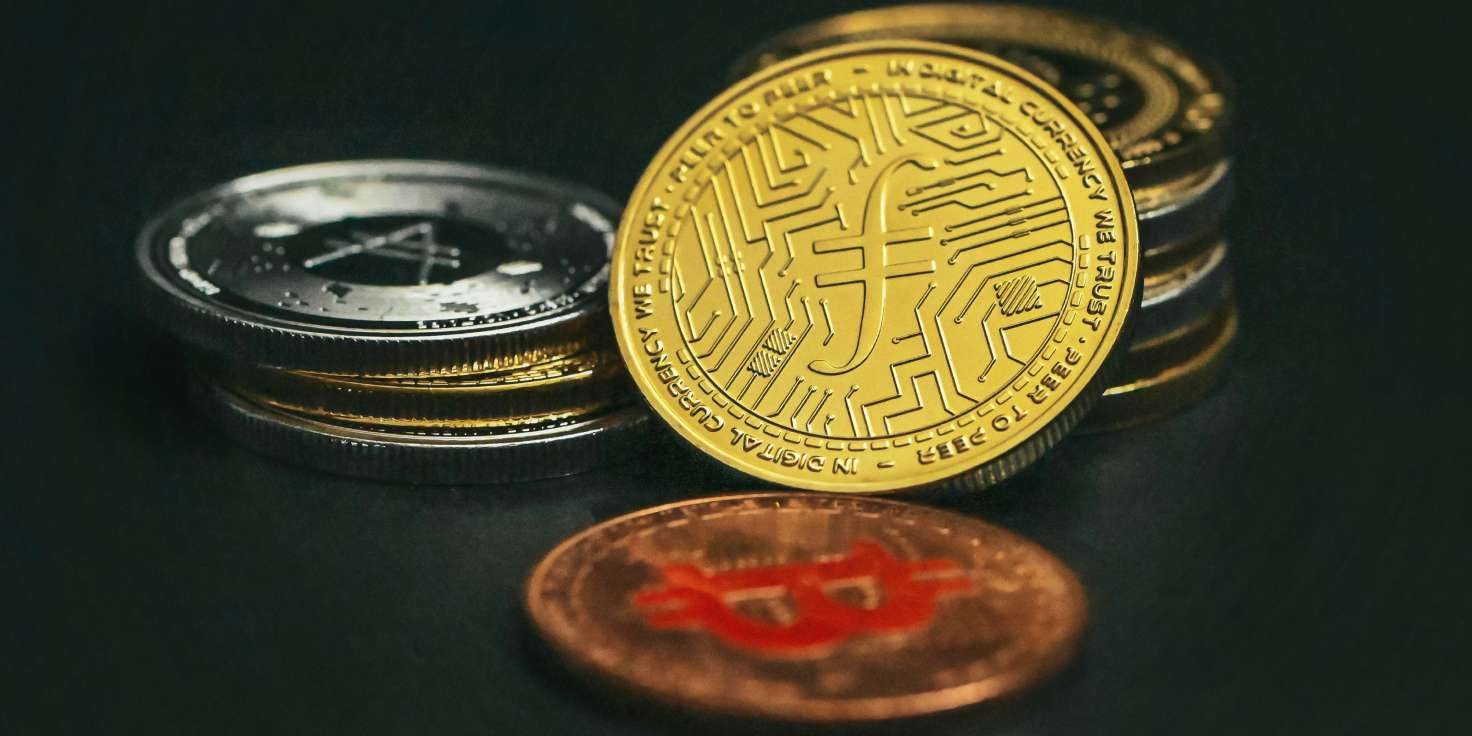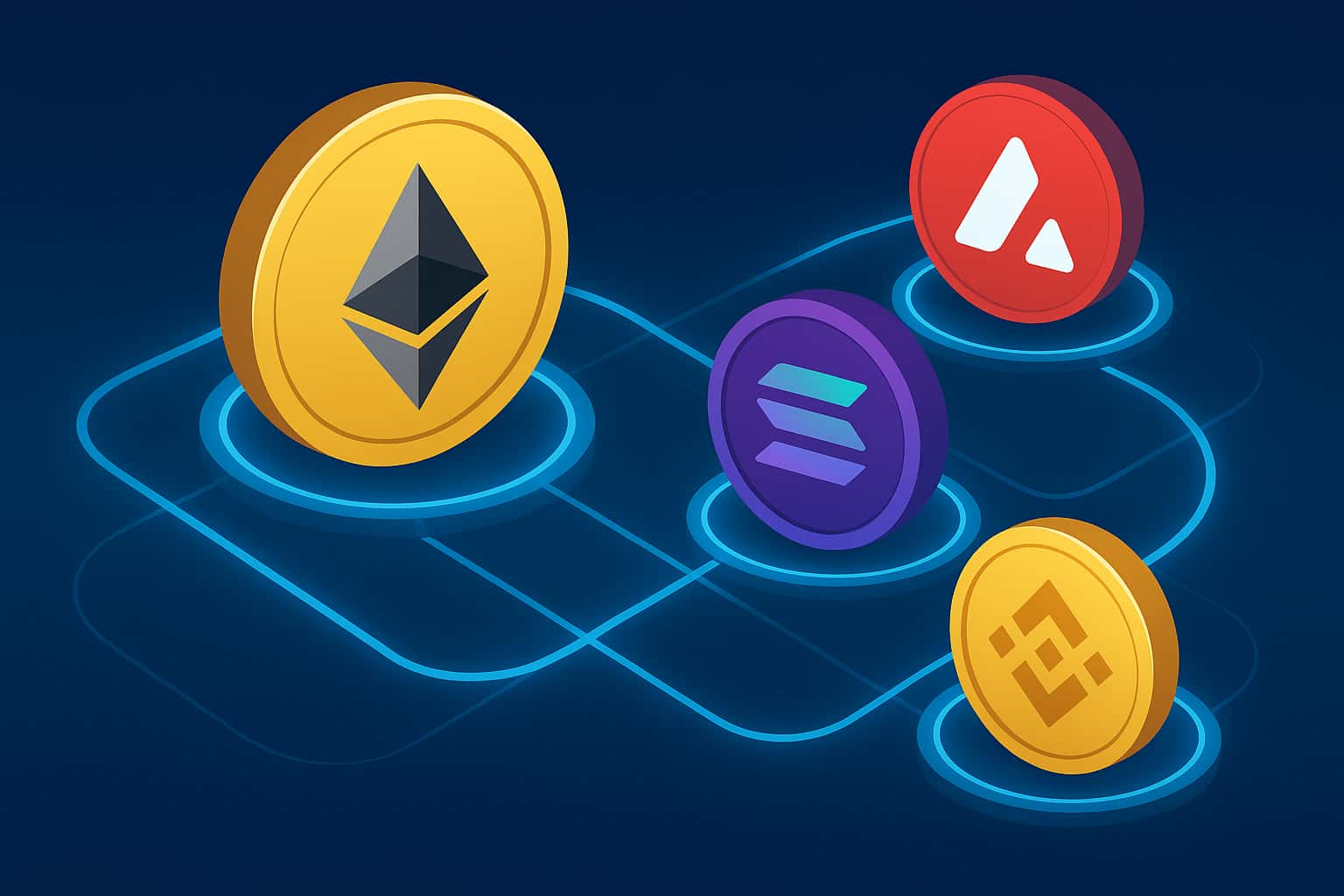Who should care
- Founders and product leaders: They must decide whether a token creates genuine value or unnecessary friction.
- CTOs and architects: They need to align technical choices with scalability and compliance requirements.
- Compliance and legal leads: They evaluate whether the token is structured in line with regulatory expectations.
- Product managers: They map token functionality to actual user journeys.

 Blockchain Application Development
Blockchain Application Development
 Fintech Blockchain App Development
Fintech Blockchain App Development
 Hyperledger Application Development
Hyperledger Application Development
 STO Development Services Company
STO Development Services Company
 Exchange Development
Exchange Development
 Cryptocurrency Wallet Development
Cryptocurrency Wallet Development






